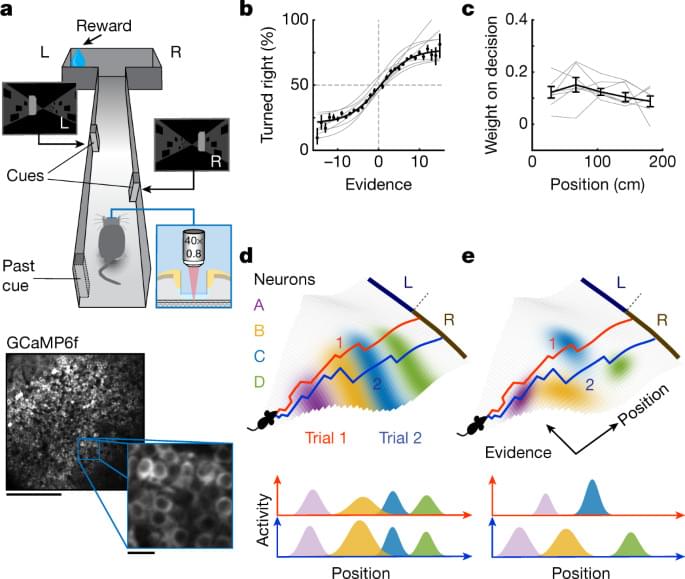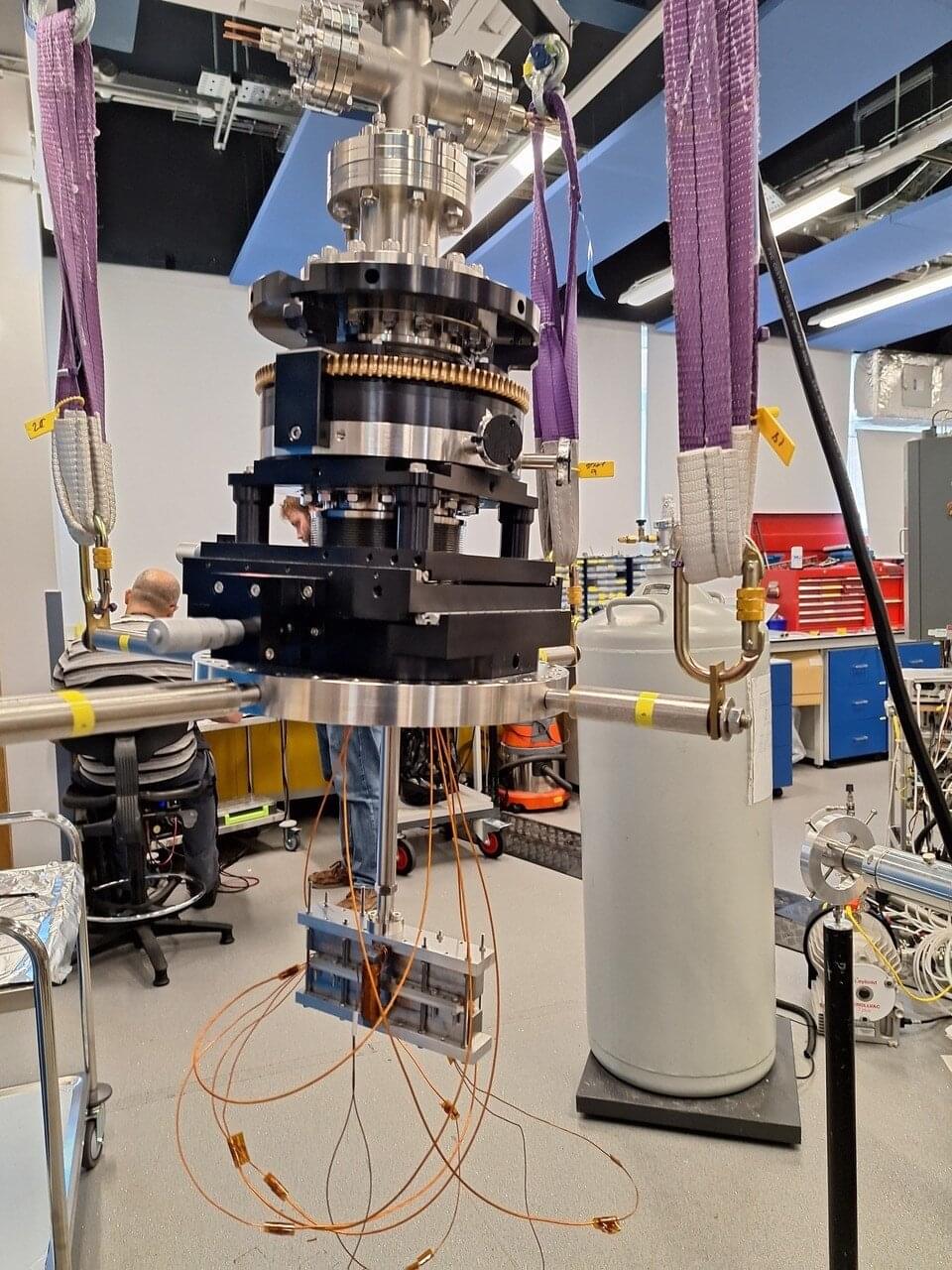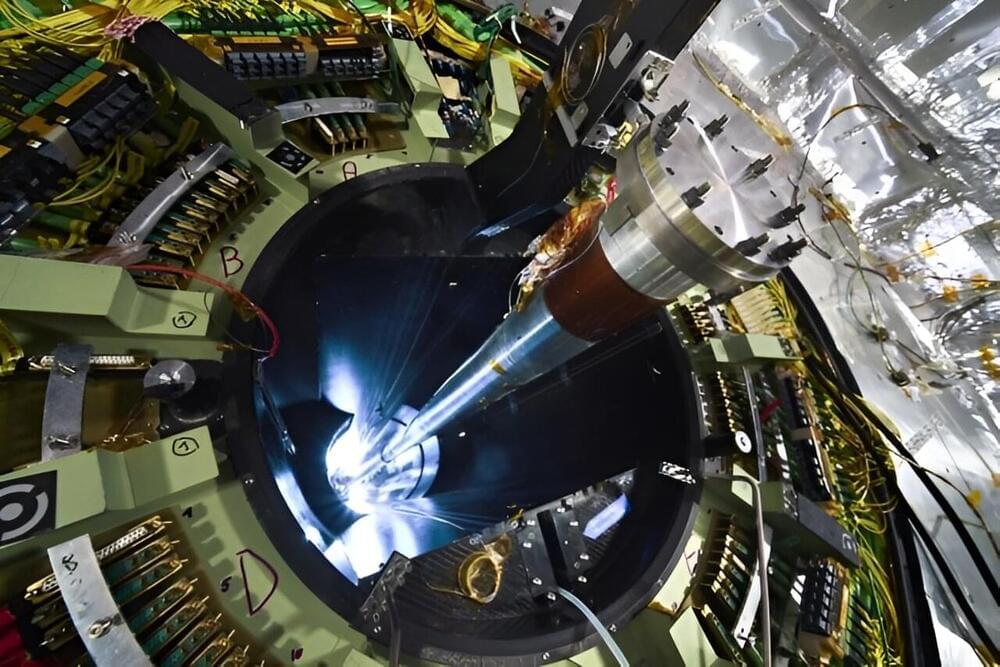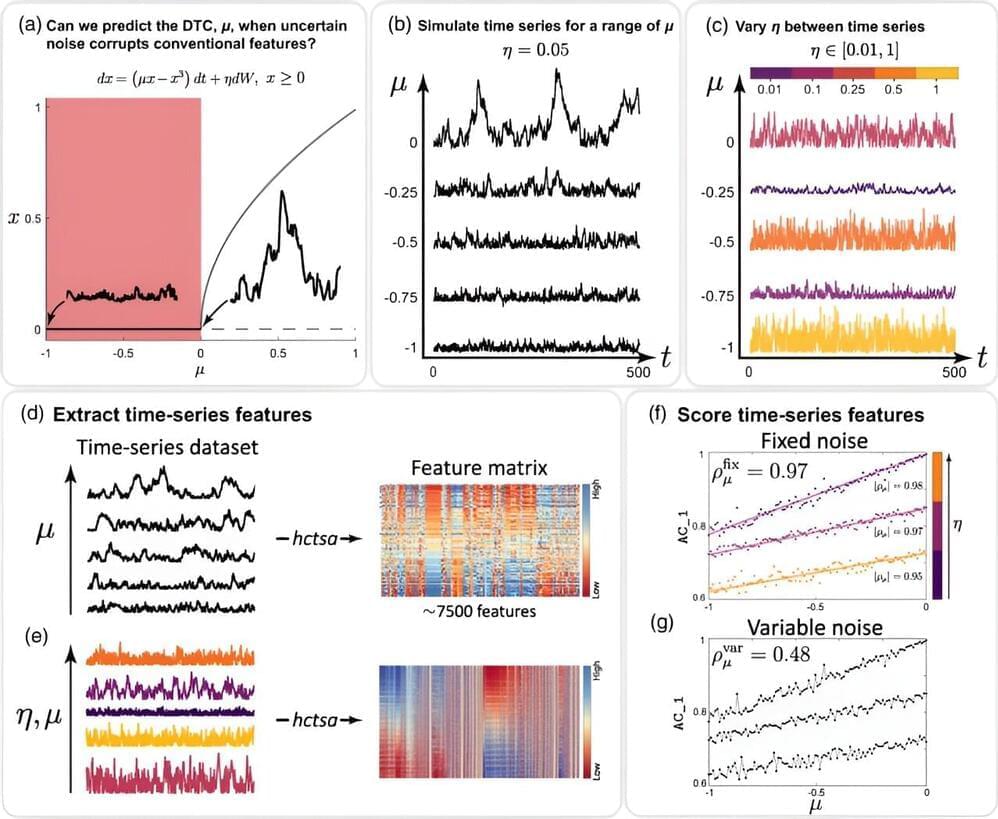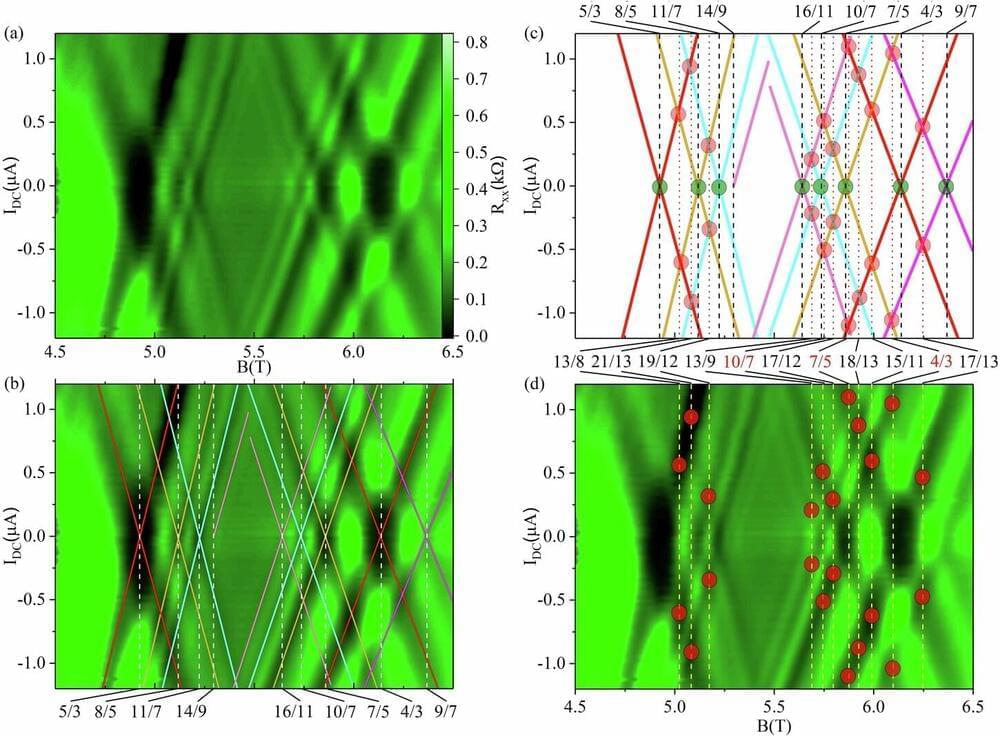During the Cold War Era of the 1960s, Russian researchers were looking for ways to support the immune system in conditions running the gamut from cancer to bio-warfare agents. Eastern Europeans, with a cultural love of fermented milk products, logically looked to probiotics, or lactobacillus, for immune support because it was safe, cheap and effective.
A Bulgarian researcher and medical doctor, Dr. Ivan Bogdanov, researched lactobacillus bacteria in the 1960s. Bogdanov believed that specific strains of probiotics could have anti-tumor properties.
The doctor’s research team injected mice with a sarcoma cancer, then administered a crude mixture of cell fragments from a strain of Lactobacillus delbrukii. Bogdanov observed that the cancer disappeared within a few days. Subsequently, researchers attempted to re-grow cancer in the same mice, but without success — the mice seemed immune to the cancer cells.




